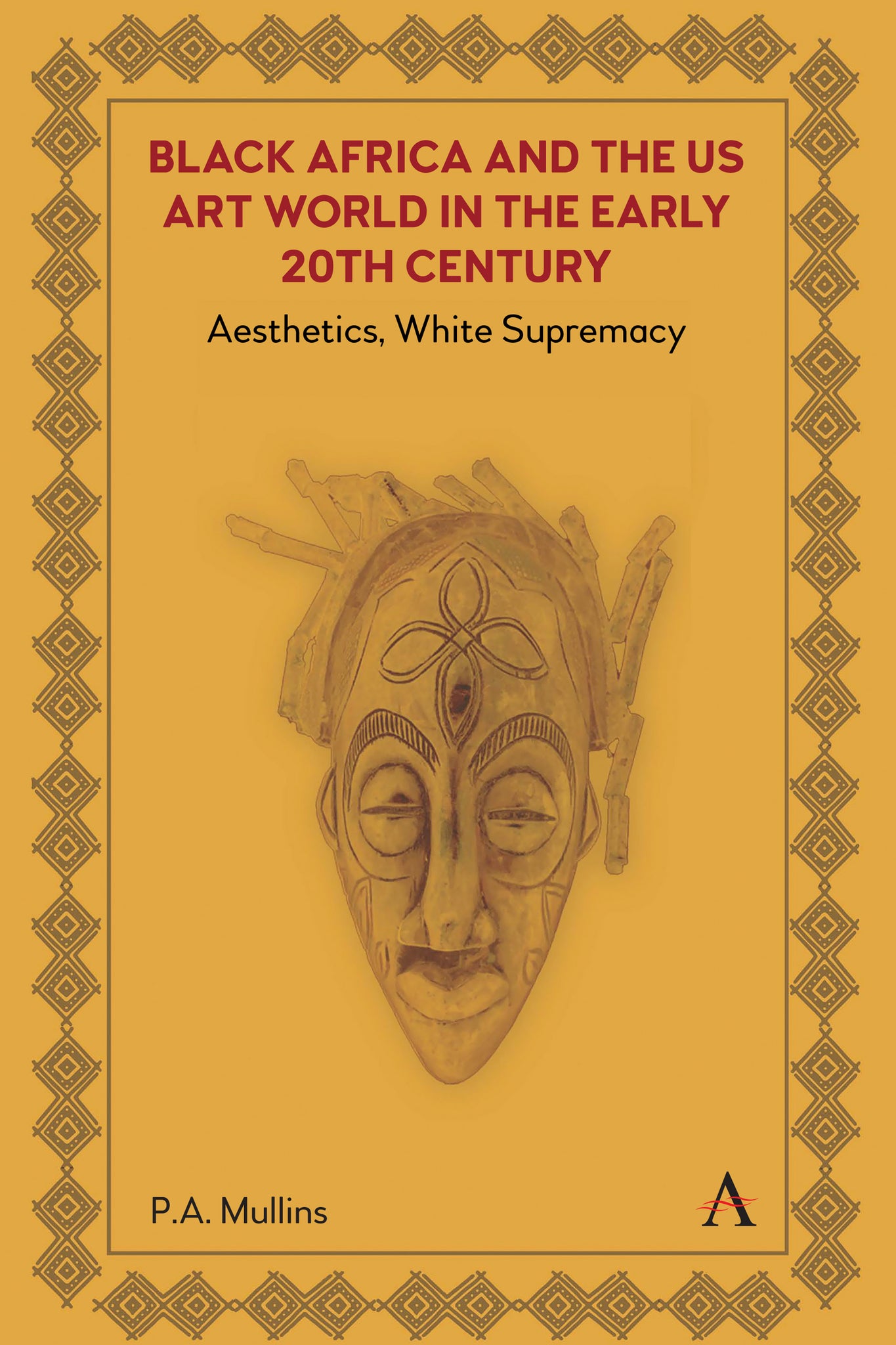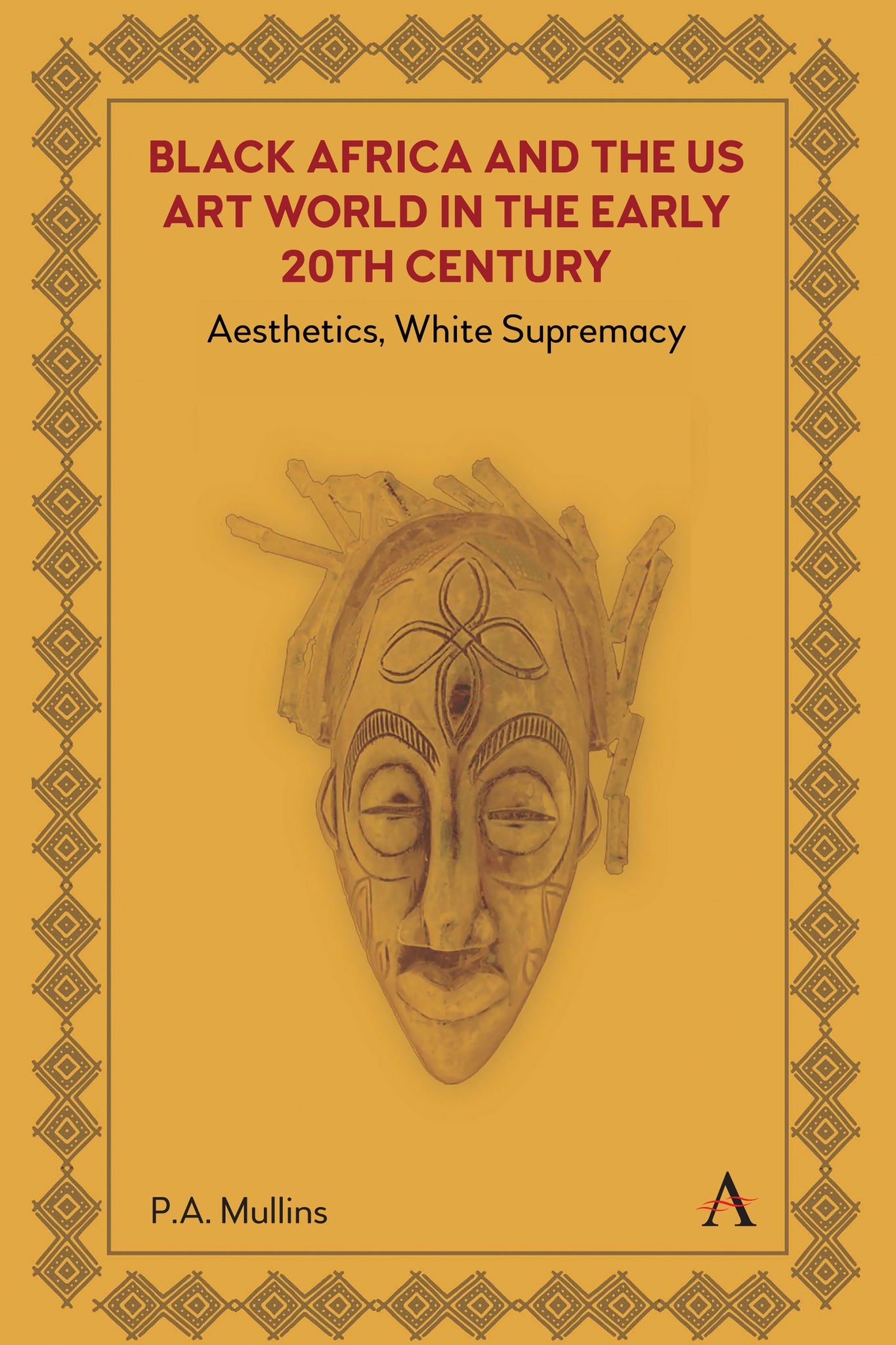We're sorry. An error has occurred
Please cancel or retry.
Black Africa and the US Art World in the Early 20th Century

Some error occured while loading the Quick View. Please close the Quick View and try reloading the page.
Couldn't load pickup availability
- Format:
-
09 January 2024

This book will explore several critical connections between Black African objects and white Western aesthetics and artwork in the United States from the late 1800s until 1939. Drawing from primary source materials and various scholarship in the field (philosophy, history, sociology, anthropology, museum studied, art history, cultural studies), the book provides an analysis of the threads of white supremacy which run through early scholarship and understandings of Black African object within the United States and how scholars use the objects to reinforce narratives of “primitive” Black Africa and civilized, advanced white Europe and the United States.

ART / African, Exhibition catalogues and specific collections, PHILOSOPHY / Aesthetics, HISTORY / African American & Black, Philosophy: aesthetics, Cultural and media studies

This book is an interesting and innovative study of how connections between Black African objects and white Western aesthetics and artwork supported and (re)produced the ideology of white supremacy in the United States between the late 1800s and the beginning of World War II. It shows how social and political issues that are acute up to now manifested themselves in specific ways in the art world in that turbulent era. Importantly, Mullins’ book also convinces that Africa has always been an important point of reference for American cultural, intellectual and sociopolitical life. —Dmitri M. Bondarenko, Institute for African Studies.
1.The Enlightenment and White Supremacy; 2.Objects, Sensation, Truth; 3.Black African Aesthetics; 4.Appropriating Black Africa; 5.Black African Art?; 6.Collecting Black Africa, Exhibiting White Supremacy; 7.Ancestral Contact: Victorian Phantasmagoria, Artists, and Black Africa; 8.Diasporic Nostalgia: The Harlem Renaissance and Black African Objects; 9.Blackness after the Renaissance; 10.Twenty-First-Century Colonialism



